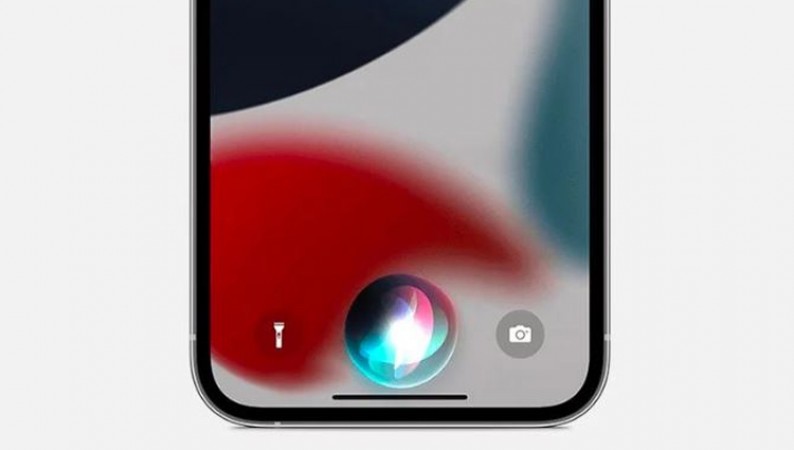
Apple has made major milestones in enabling large language models (LLMs) to operate on iPhones and other memory-limited Apple devices. The tech giant's AI researchers unveiled a groundbreaking method that harnesses innovative flash memory utilization, paving the way for the integration of powerful language models like GPT (Generative Pre-trained Transformer) directly into handheld devices.
LLMs and Memory Challenges
Devices like iPhones often face hurdles accommodating memory-intensive LLM-based applications such as ChatGPT and Claude due to their extensive data requirements. To confront this issue, Apple's researchers devised a pioneering technique leveraging flash memory, the storage space commonly used for apps and photos, to house the vast amounts of data these AI models demand.
Flash Memory Storage for AI
Outlined in their research paper titled "LLM in a flash: Efficient Large Language Model Inference with Limited Memory," Apple's approach taps into the abundance of flash memory in mobile devices rather than relying solely on RAM (Random Access Memory). Their strategy employs two primary techniques to optimize flash memory utilization:
Windowing: This method involves recycling processed data, reducing the need for continual memory retrieval and enhancing processing speed.
Row-Column Bundling: By consolidating data more effectively, this technique enables quicker access to flash memory, significantly improving the AI model's comprehension and language generation capabilities.
The combined application of these techniques enables AI models to operate on devices with memory capacities twice the size of an iPhone, leading to a four to fivefold increase in speed on standard processors (CPUs) and an impressive 20-25 times faster performance on graphics processors (GPUs). According to the researchers, this breakthrough significantly broadens the potential applications and accessibility of advanced LLMs in resource-constrained environments.
Implications for iPhones
This enhancement in AI efficiency opens doors for future iPhones to feature enhanced Siri functionalities, real-time language translation, and sophisticated AI-driven attributes in photography and augmented reality. Moreover, this technology lays the groundwork for iPhones to support on-device execution of complex AI assistants and chatbots, aligning with Apple's ongoing endeavors in this field.
Apple's Advancements in Generative AI
Reports indicate that Apple is developing its own generative AI model dubbed "Ajax," boasting 200 billion parameters to rival established models like OpenAI's GPT-3 and GPT-4. Internally referred to as "Apple GPT," Ajax signals Apple's commitment to integrating advanced AI across its ecosystem, potentially enhancing Siri's capabilities and extending AI features to various Apple applications.
As of recent updates, Ajax appears more sophisticated than the earlier ChatGPT 3.5 iteration. Nevertheless, it's suggested that newer iterations from OpenAI might surpass Ajax's capabilities by September 2023.
Looking Ahead:
Industry sources and analysts predict that Apple aims to incorporate some form of generative AI feature into iPhones and iPads by late 2024, coinciding with the release of iOS 18. Reports suggest Apple's plans to bolster AI infrastructure, combining cloud-based AI services with on-device processing for enhanced user experiences.
Apple bans the sale of Watch Ultra 2 and 9 series, know the reason